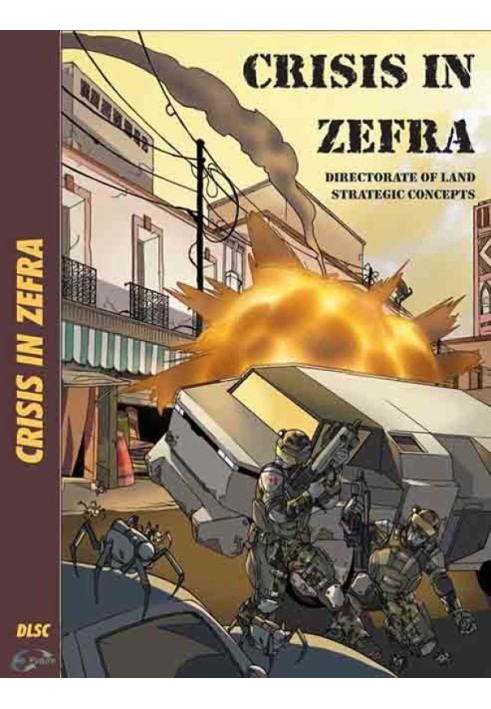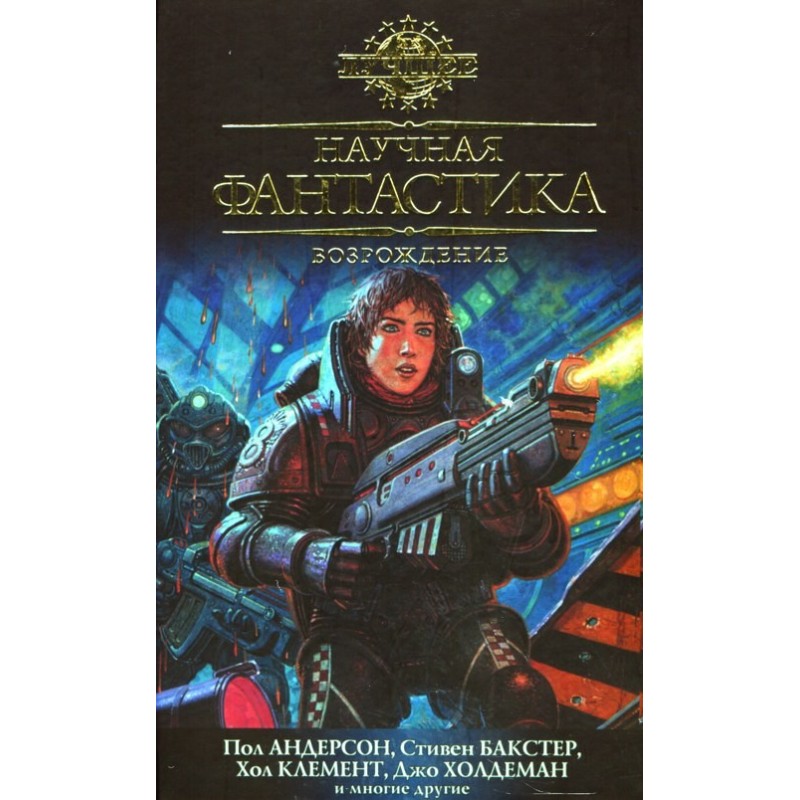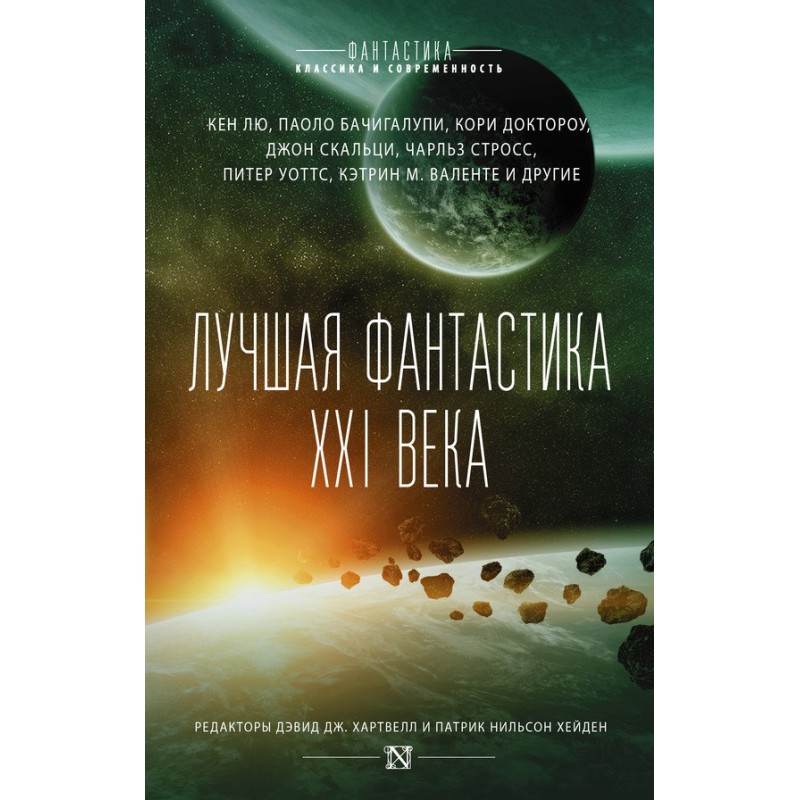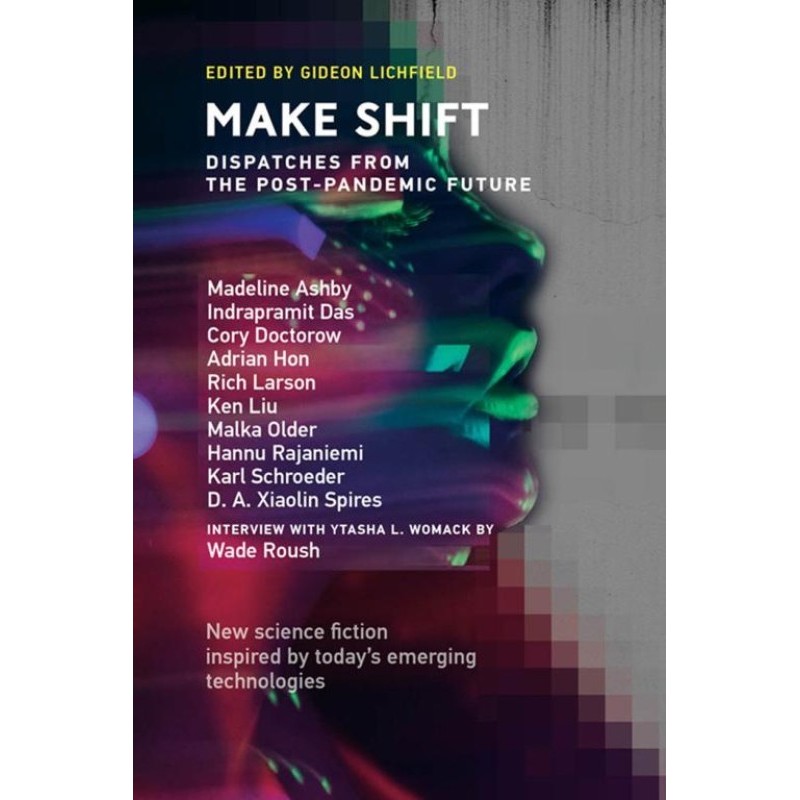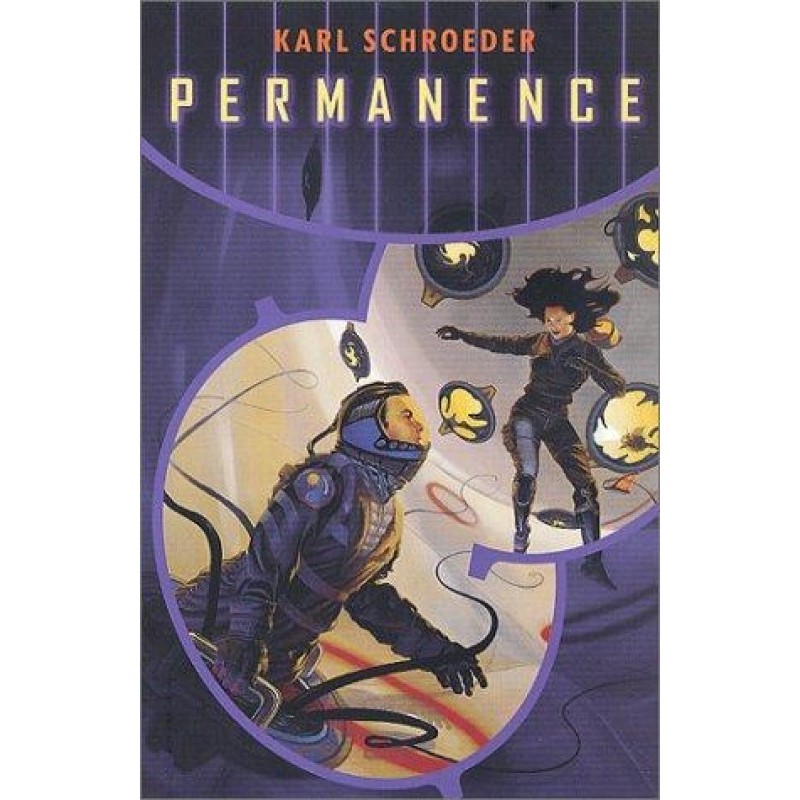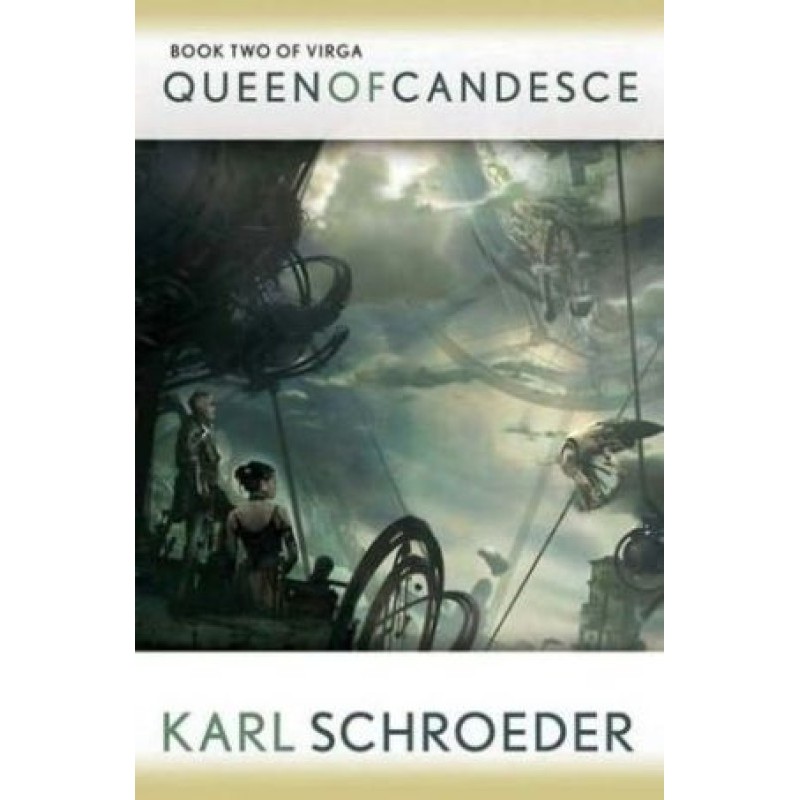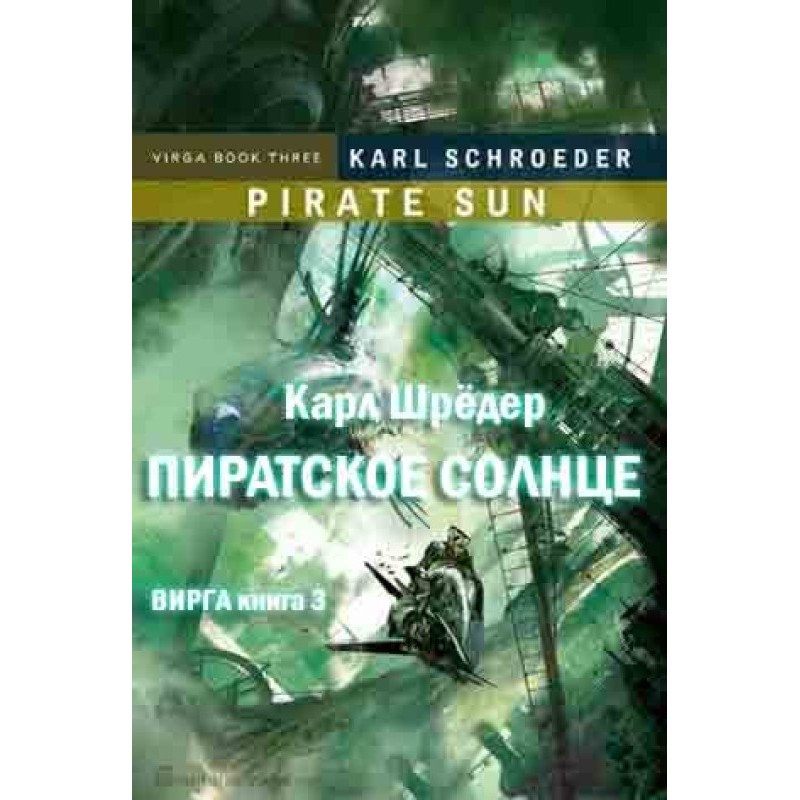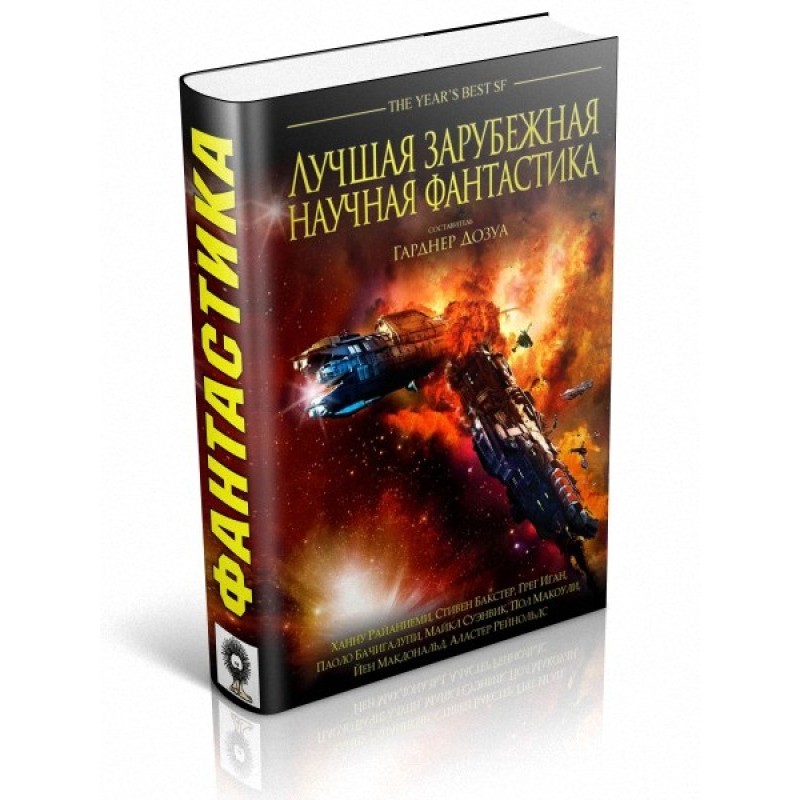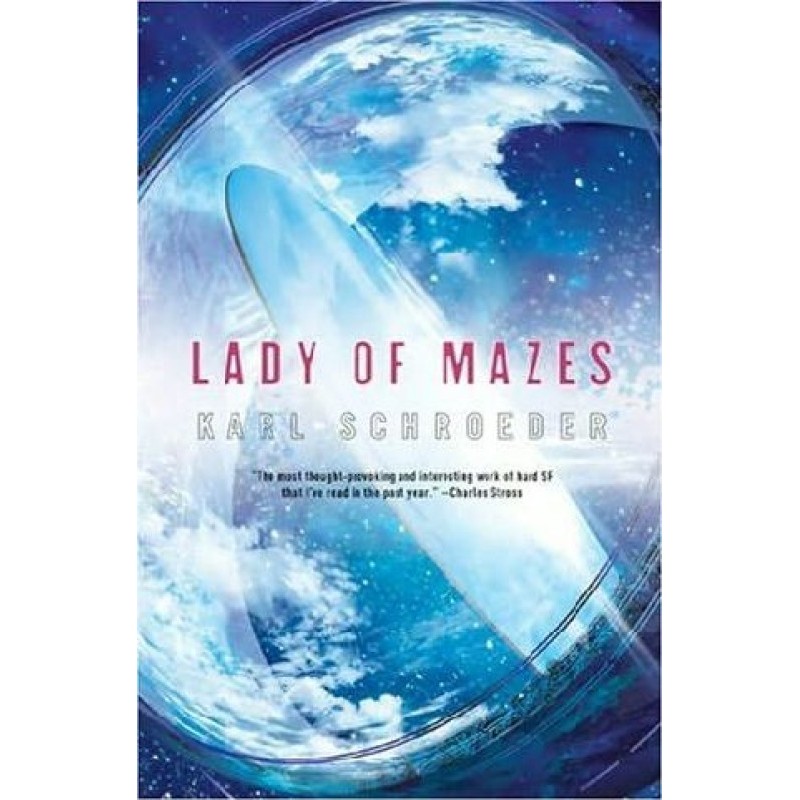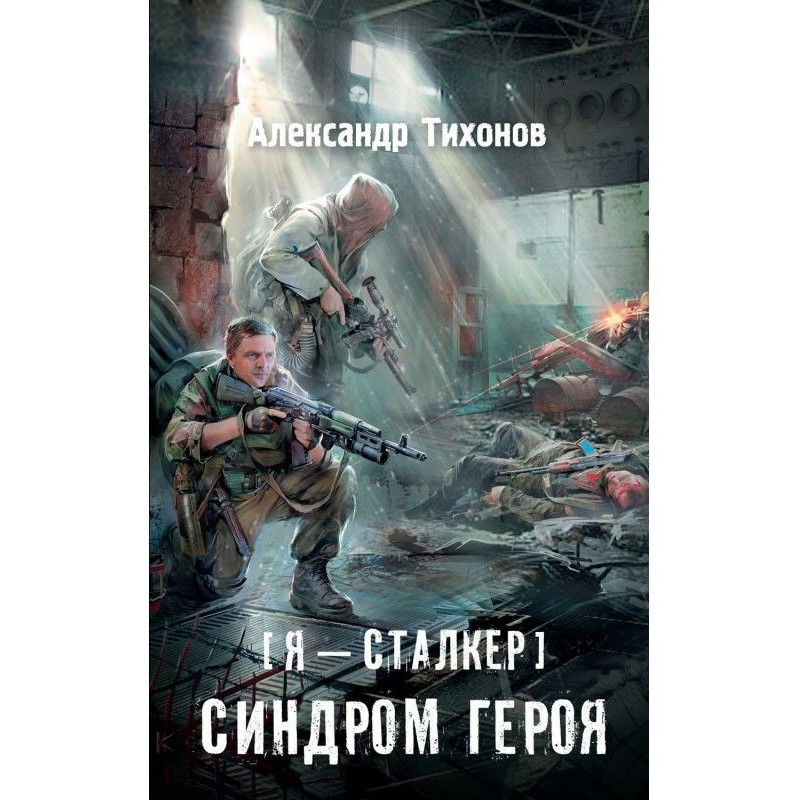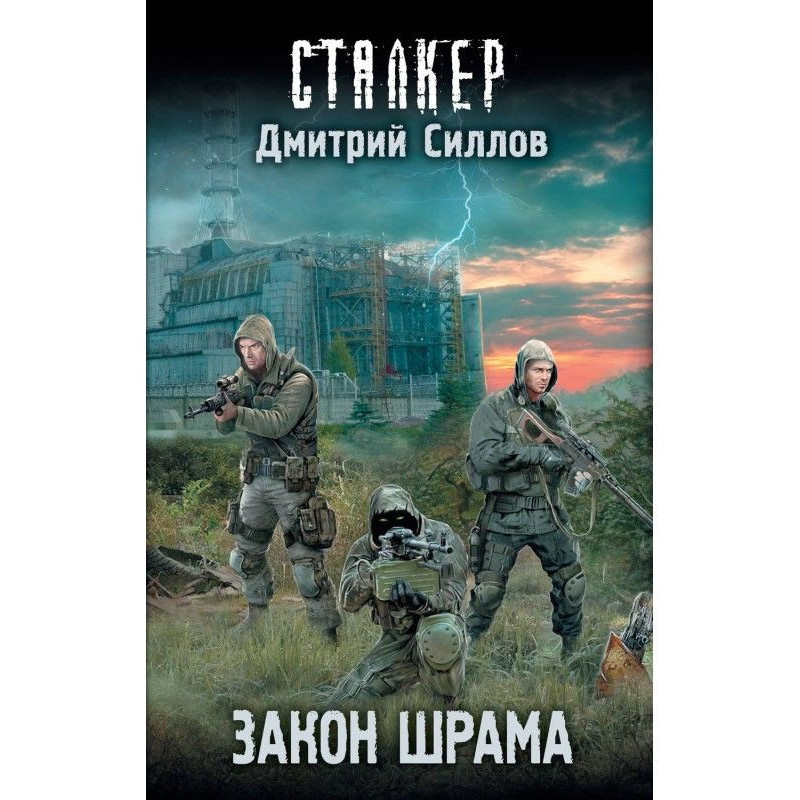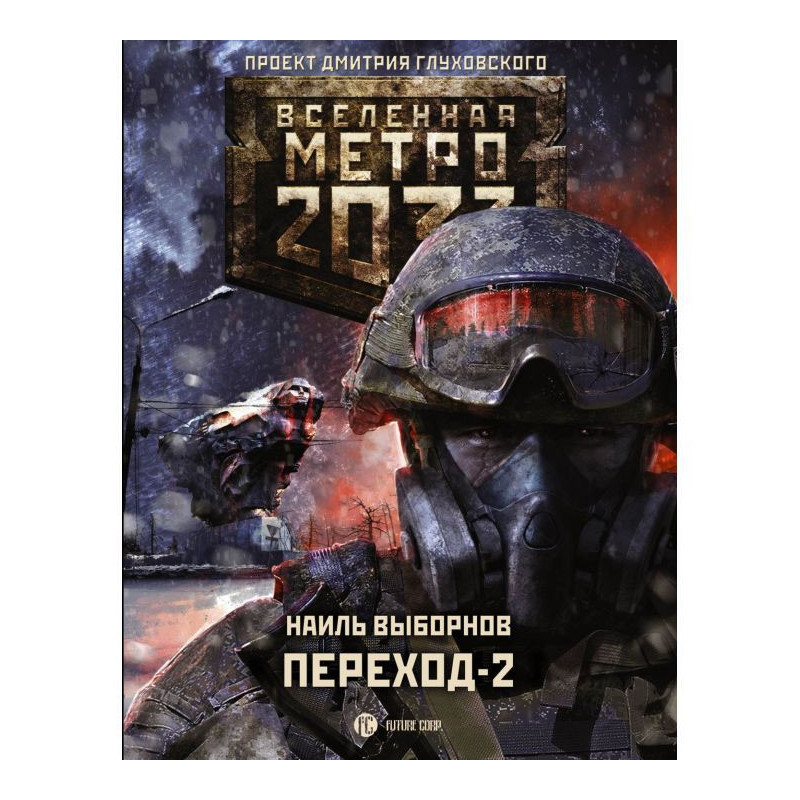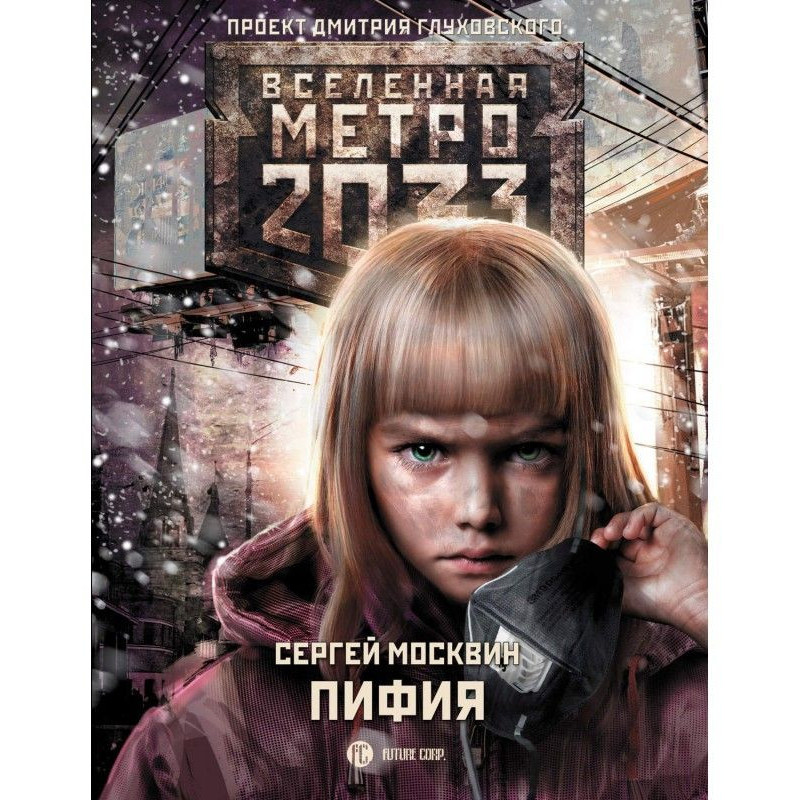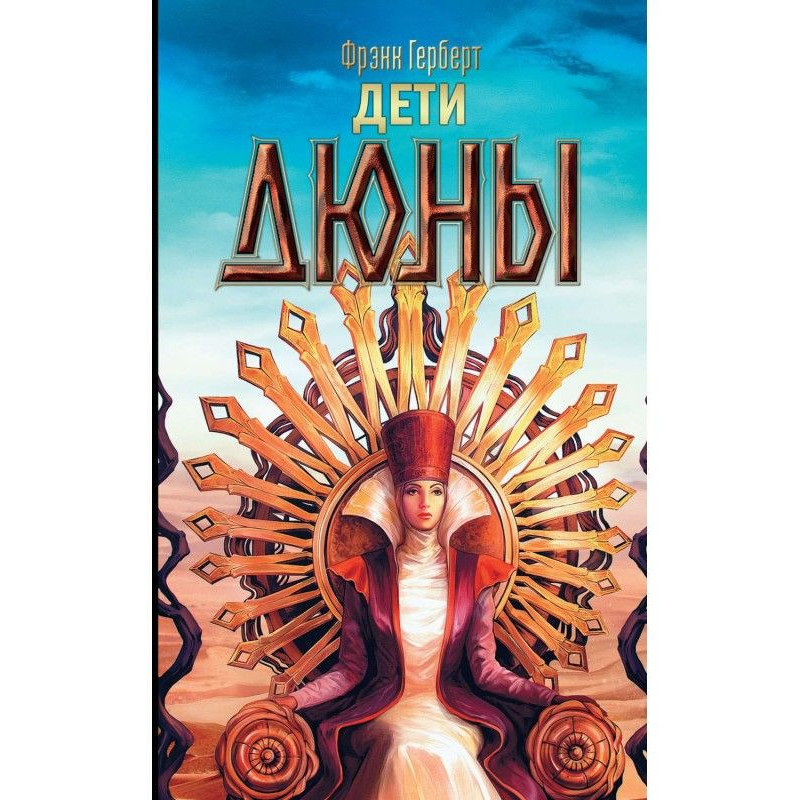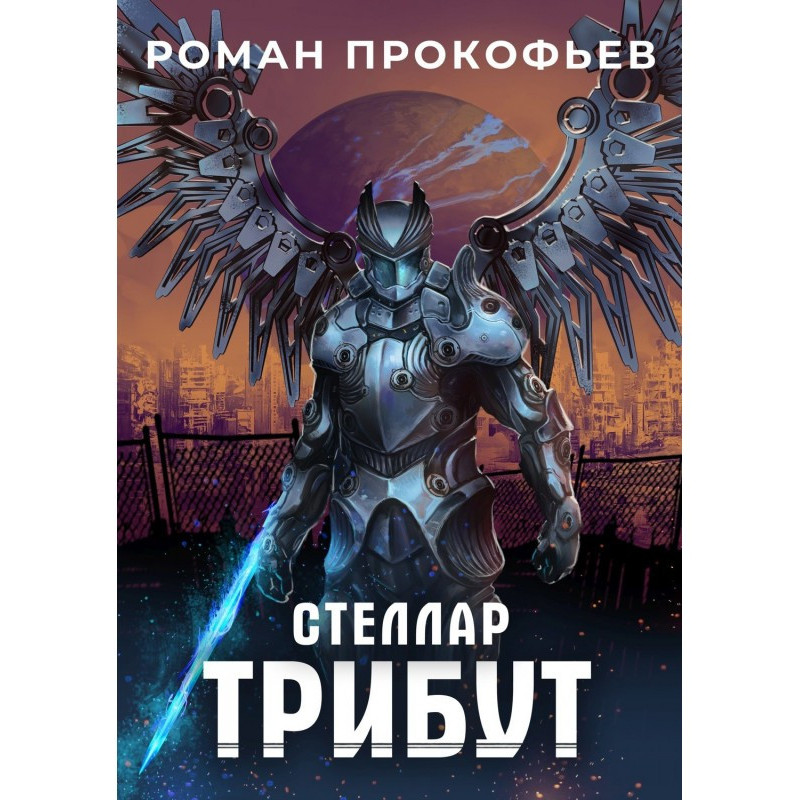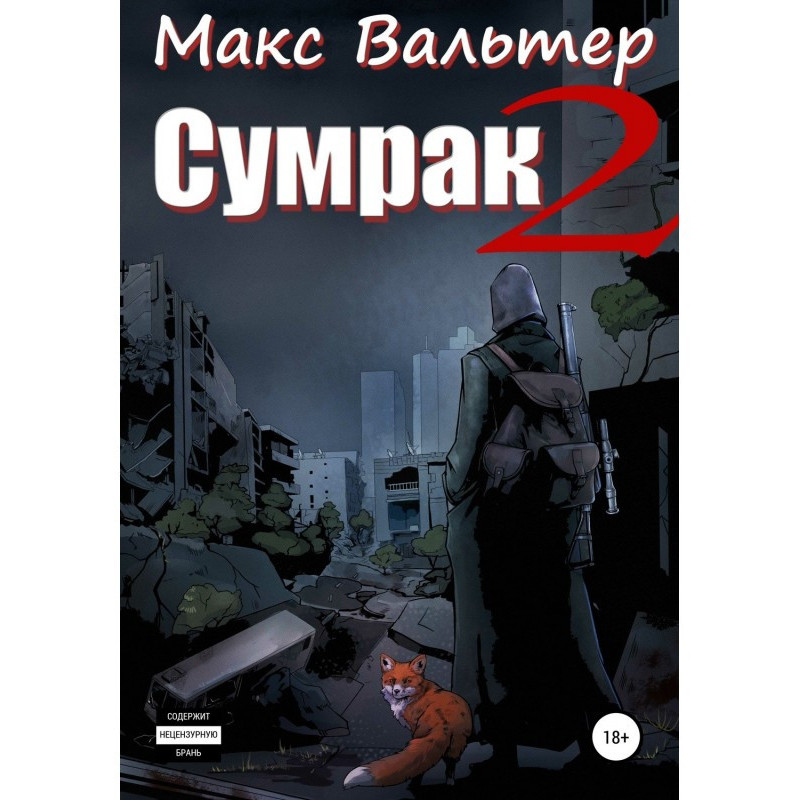Crisis in Zefra
 Instant download
Instant download
after payment (24/7)
 Wide range of formats
Wide range of formats
(for all gadgets)
 Full book
Full book
(including for Apple and Android)
And then Sergeant Campbell, at the same time as the danger light flashed on his head-up display, heard a voice: “Patrol, please note that the threat assessment has increased to level three.” It was not Warrant Officer Desai who spoke, but the command computer located in Canadian Task Force Zefra Headquarters (CTFZHQ). The same message was sent simultaneously to all other patrols. Corporal Blackmore was chattering about something; Campbell waved for him to be quiet. “What happened?” “Intelligence shows increased activity,” the computer continued. “Increase your vigilance if friendly faces leave your area and someone else appears.” Campbell frowned and turned to look at what was happening behind the car. In the midst of the usual swirl of veils and long, decorous dresses, two sweaty men were dragging a pile of planks across the street. Everything looked normal. “Patrol, we’re unloading,” he said. “Then we’ll go on foot.” Campbell grabbed the door handle... And in the operational department, Vandna Desai opened her eyes wide when the image recognition programs detected a coincidence from the balloon. “Sergeant,” she began... At that moment, the figure of a man with a grenade launcher appeared next to the chimney. shoulder...
The Zephra Crisis is a fictional story intended to illustrate new concepts and technologies that could be part of the Canadian Army of the future. The story takes place in 2025 and begins as a routine patrol of the streets of war-torn Zephra, but the situation quickly escalates into a "three-block war" scenario. It is a testing ground book written in 2005 by a famous science fiction writer at the request of the Canadian Department of Defense, and addressed to primarily to the military. She scatters in front of them a heap of the latest (for that day) technologies and concepts, showing how they will directly affect the lives of simple infantry - the guys trampling the ground with their boots. For what? So that readers can use their opinions and feedback to help the headquarters of the Canadian Ground Forces decide on the vectors of army development for the next 20 years. True, today the years have practically expired and one can judge what has come into life and what has not, but the book is not interesting for this or even for the protracted troubles that lie ahead for the heroes. For each of the many new concepts encountered, the publication offers an explanatory link on the Internet in one click; Each chapter is followed by questions that help you think about the vision of the army of the future. This book is a manual for the thoughtful commander, and an excellent methodological example for everyone on how to write military futurism in order to attract many experienced professionals to think about the fate of the army.
Data sheet
- Name of the Author
- Карл Шрёдер
- Language
- Russian
- Translator
- mr._Rain
Reviews
Вражаюча футуристична історія, що змушує задуматися про майбутнє армії!
"Криза у Зефрі" - це не просто книга, а справжня подорож у світ військової фантастики, яка поєднує в собі захоплюючий сюжет та глибокі роздуми про технології, що можуть змінити обличчя армії. Автор майстерно створює атмосферу напруги та небезпеки, що супроводжує патрулювання сержанта Кемпбелла, і в той же час вміло вводить нові концепції, які можуть стати реальністю в найближчому майбутньому. Кожен розділ не лише розкриває події, але й ставить важливі питання, які спонукають читача замислитися про еволюцію військових технологій та їх вплив на життя солдатів. Я вважаю, що ця книга стане корисним посібником для військових командирів, а також для всіх, хто цікавиться майбутнім армії. Вона не лише розважає, але й виховує критичне мислення, що є надзвичайно важливим у наш час. Рекомендую всім, хто хоче заглянути у майбутнє військової справи!

